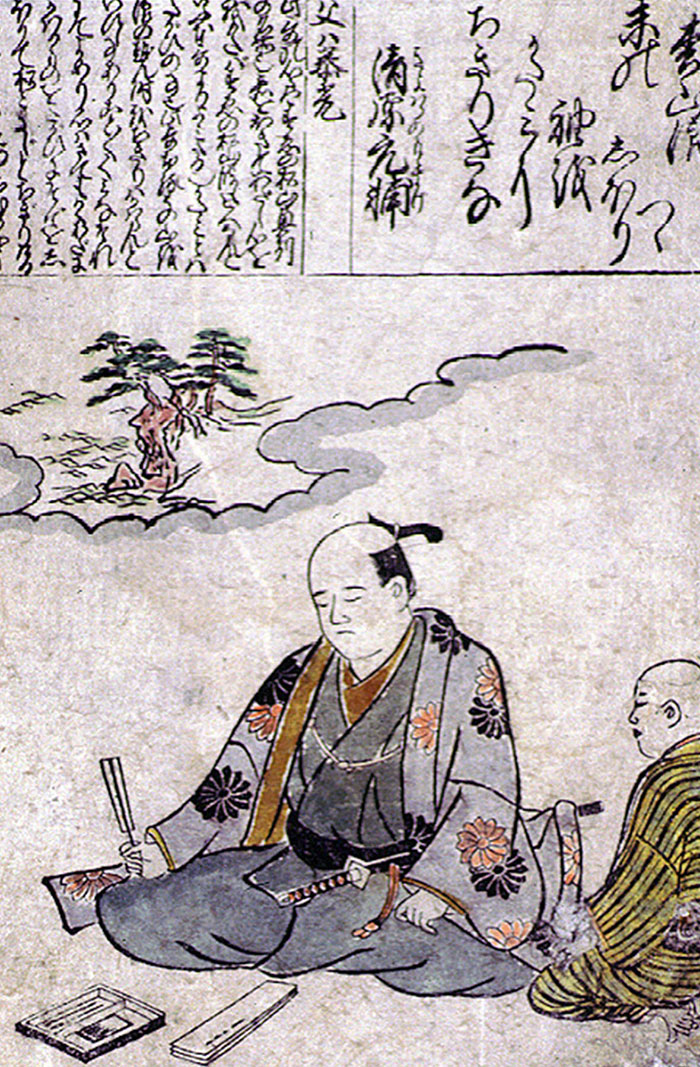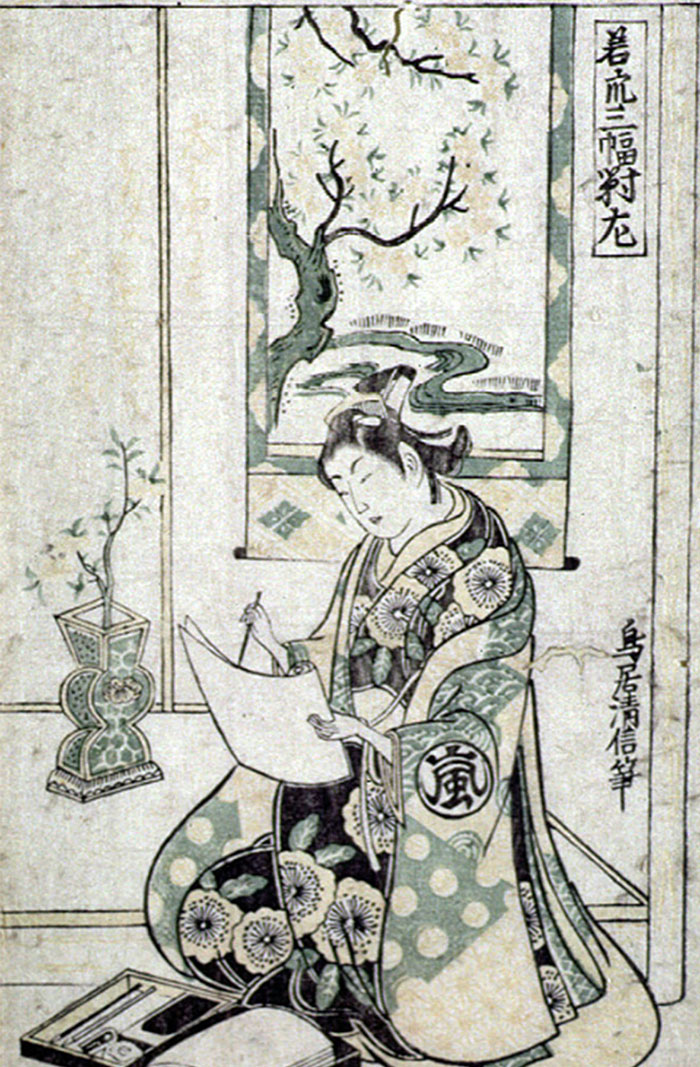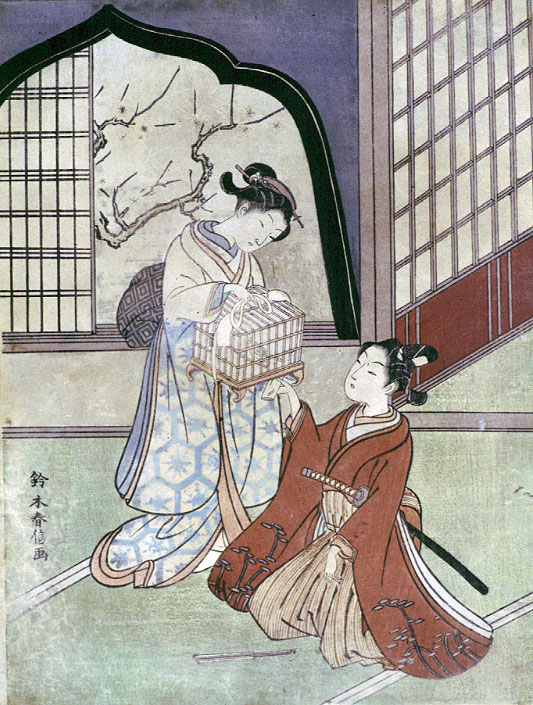
The History of Woodblock Printing in Japan
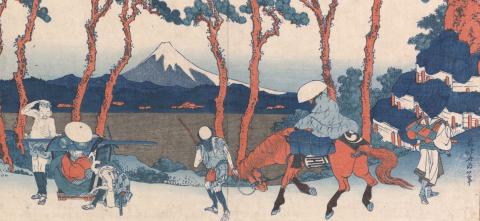
Hodogaya on the Tōkaidō Road from the series Thirty-Six Views of Mt. Fuji by Katsushika Hokusai, c. 1829
From Buddhist Printing to Ukiyo-e
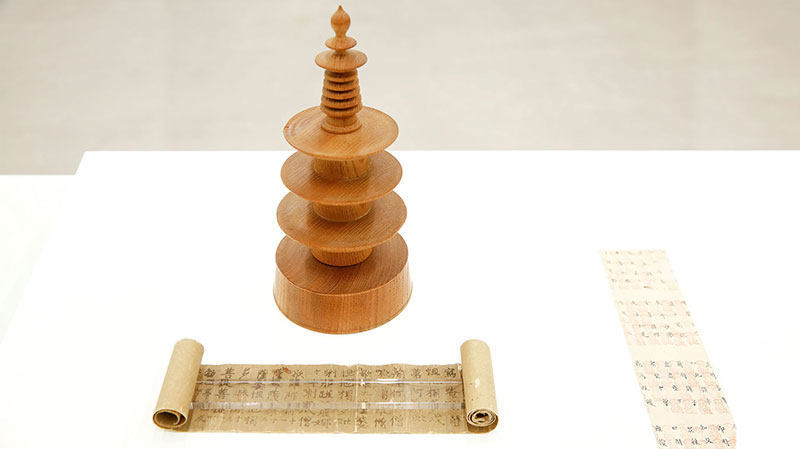
Woodblock printing was introduced to Japan in the early 7th century from the Asian continent and was first used to mass-produce sacred Buddhist texts. The earliest surviving Japanese printed texts are the small printed charms commissioned by Empress Shōtoku around 770, to thank the Buddha for suppressing a rebellion and to ensure her realm’s future protection. Woodblock printing allowed millions of these charms to be created quickly and inexpensively. They were placed inside one million small wood pagodas (Japanese: hyakumantō) and sent to Buddhist temples around the country. The Empress kept 100,000 charm-filled pagodas as protection in the ten main temples of Nara, the capital. Today, only Hōryū-ji (Hōryū Temple) near Nara still possesses evidence of this historic printing project.
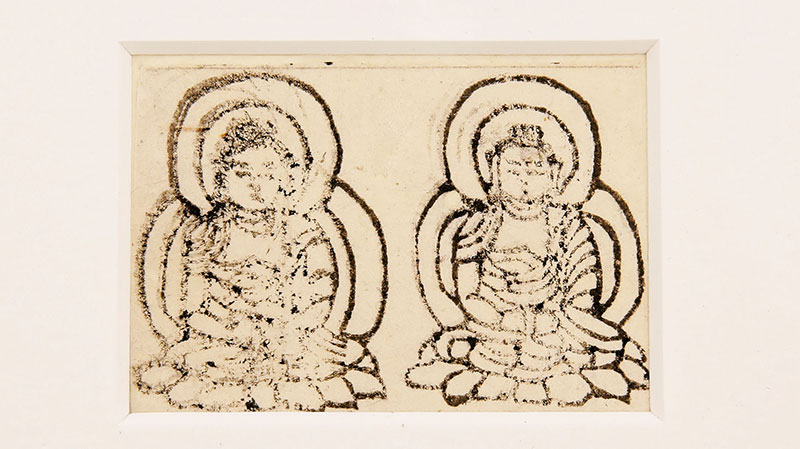
Creating an image of the Buddha is considered good karma and woodblock printing made it easy for lay practitioners. This is one of Japan’s earliest surviving printed images and was part of a larger sheet of 100 Buddhas. A row of ten Buddhas was carved into a horizontal block which was then inked and transferred onto a sheet of paper by rubbing the back of the paper. By printing row after row of these rubbed Buddhas (Japanese: suribotoke), practitioners quickly and easily accumulated spiritual merit. Bundles of these sheets were placed inside a large statue of the Buddha Amida (Sanskrit: Amitabha) at the Jōruri Temple near Nara, in an offering that also further empowered the statue.
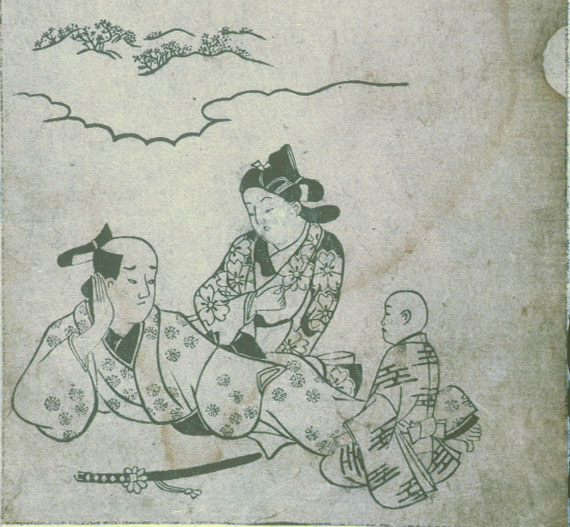
During the Edo period (1603-1868), with the growth of large urban centers such as Edo (modern Tokyo), publishers used woodblock printing to meet the demand for inexpensive literature and art among an increasingly well-educated and literate populace. They printed illustrated books as well as individual images, often commissioning renowned artists to create the designs. Many of these printed works are part of a genre (also including paintings) known as ukiyo-e, or “pictures of the floating world,” since they illustrate characters and activities of the pleasure quarters (or “floating world”) of Japan’s cities.
Color Printing during the Edo Period (1603-1868)
Printing techniques became more sophisticated over time, with full-color printing becoming widely used by the late 18th century. Though images of beautiful women and kabuki actors were the most popular ukiyo-e images of the 17th and 18th centuries, by the 19th century many prints featured Japan’s landscapes as well as scenes from legend and folklore, often depicting supernatural beings. Today, woodblock printing has largely been replaced by modern printing techniques, but some artists still employ the technique to create art works in a variety of styles.
Related Programs
February
・Curator’s Talk | Nature/Supernature Exhibition
March
・Film Screening | A Letter to Momo
・Webinar Conversation | Yōkai Past and Present
April
・Webinar | Scenic Views and Supernatural Beings: New Themes in 19th-century Ukiyo-e Prints
May
・Webinar | Woodblock-printed and Real Journeys Through Japan
Explore More of the Exhibition
Main Exhibition Page
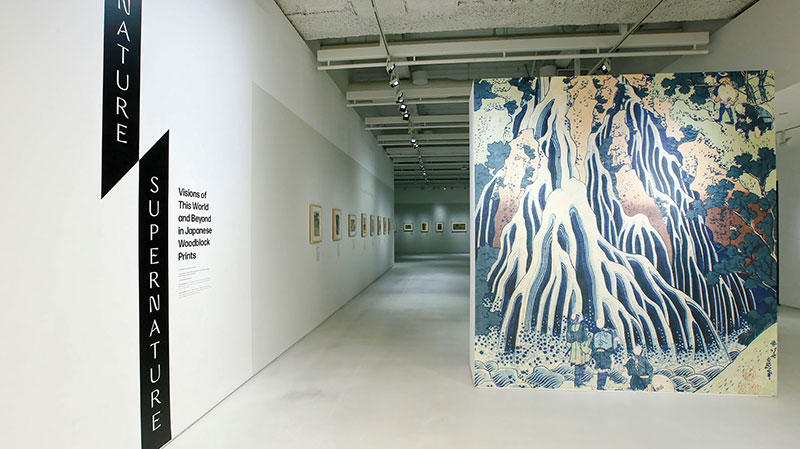
*Note: Japanese names in this exhibition are written in the traditional Japanese order, with the family name first and personal name last. However, if an artist has come to be known by a single name, (e.g., Hokusai and Kunisada) that name will be used for subsequent mentions.


